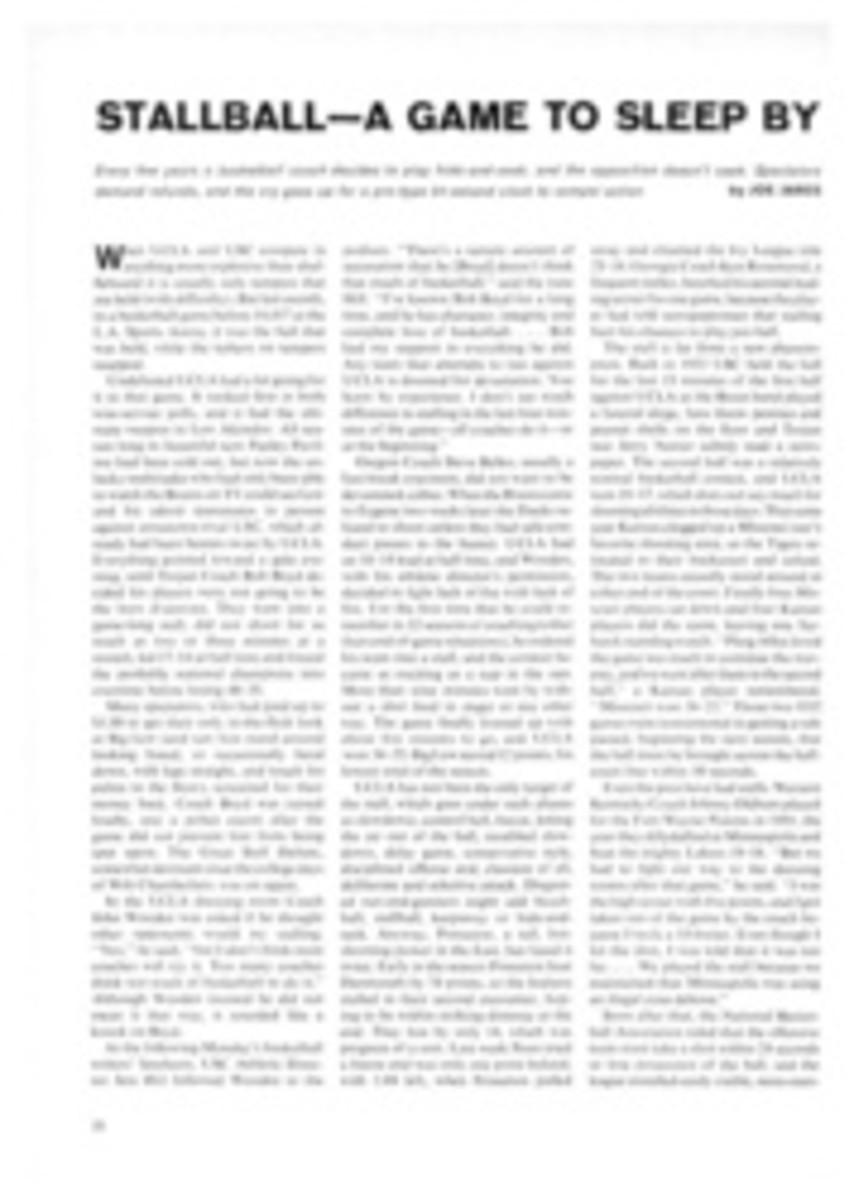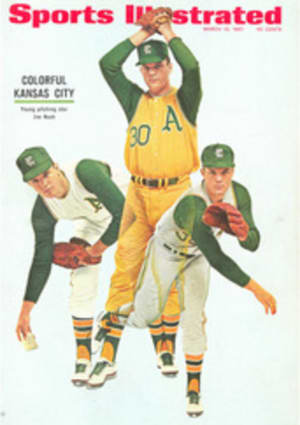
The Sunshine Circuit goes into eclipse
Florida's Sunshine Circuit, which basked briefly as a major and money-laden event on the horse-show scene, has crashed about as drastically as did Humpty Dumpty. The chances are that it will never be put back together again exactly as it was, thanks to a shambles of financial problems and personal misunderstandings. Most of last year's exhibitors, although paid off by the individual shows, are still awaiting their circuit money, and if these people are not exactly eligible for the poverty program, many are bitterly vocal when they are not paid their winnings. Of the seven seemingly healthy Sunshine shows, only three were able to operate—under a different circuit name—this year.
The collapse was caused not only by a lack of money but also by poor liaison among the individual shows making up the circuit and battles among the board members of some of the shows, which split or foundered. The circuit was originally set up to benefit all the shows and ample stakes money was passed around. Winter Haven gave the biggest purses to jumpers and roadsters, Delray to the working hunters, Miami to the green jumpers, and so on. In order to keep a stable from going only to the one show where the real money was offered in its division, 50% was paid at the actual event, the remainder at a concluding banquet for members of the circuit who had competed in a required number of available shows. This arrangement should have worked to everyone's advantage, and for a few years it did. But at the 1966 circuit banquet the winners received ribbons but no money, and only recently have a few checks started to trickle through the mail.
According to John A. Snively Jr., then president of the circuit, this prize money was offered not by the Florida Citrus Commission, as many believed, but by individual members of the citrus industry who did not care to have their names used. Whatever the source, the question remains: Where is the money?
Some observers believe that Snively is slowly paying off out of his own pocket. Once active in the defunct Winter Haven show, Snively says, "I've put $100,000 into this, but until the horse people are ready to cooperate, we can forget about it here.... When I put on another show it'll be an independent one.... To hell with those fellows [other horsemen]; I don't give a damn what they do." The feeling, it seemed, was mutual.
The Miami show, one of the oldest, had a different set of problems. It had outgrown the Dinner Key Auditorium some time ago and Convention Hall proved to be too costly. So the all-division show was moved outdoors to South Miami and there exhibitors on the board and in the ring proceeded to battle among themselves for the interests of their own breeds. Last year Miami split in two, with saddle-oriented types returning to Dinner Key while the hunter-jumpers continued outdoors.
Meanwhile, Orlando, which appeared in the Sunshine Circuit two years ago ostensibly to accommodate the saddle horses, roadsters, walking horses and ponies while the hunters and jumpers were in Delray, also expired. The original understanding with Delray was that Orlando could hold classes for local hunter and jumper exhibitors as well, but it managed to siphon off enough entries from Delray to guarantee hostilities. The attitude of the Delray people was that they paid for their membership in the Sunshine Circuit and were entitled to protection from such depredations.
Lake City, a member last year, vanished this year, still owing the Miami show either rental or purchase money for its portable stalls. Some of the Miami contingent were embittered, understandably, to see the stalls being rented by Lake City to Gainesville.
So, in this seething atmosphere of hurt feelings, animosity and financial uncertainty, the truncated Florida circuit staged its remaining shows and, surprisingly enough, they were a long way from being a flop. With no offer of big money, the exhibitors still arrived in substantial numbers, proving that people are hungry for shows. More than 500 horses and ponies turned up at Gainesville, presenting an overwhelmed management with nearly 50% more entries than ever before. The Gainesville grounds are about as unadorned as they come, but there is room for expansion, so an extra tent was hastily set up. Then it started to rain. The first day's performance was canceled, and the evening program would have disappeared into the mire as well but S. M. Wall ordered in his heavy earth-moving equipment and scraped inches of mud from A ring. B ring, a casual affair marked by poles and tape, had no electricity but, fortunately, was not needed that evening. Later, however, as the show tried to make up its canceled classes, some events were held in near darkness in that ring. Since only an owl with a judge's license could have reached a proper decision, those events were protested and had to be rejudged in the morning. The amiable and amateur Gainesville management struggled manfully with these difficulties, and most exhibitors took the delays and confusion with good humor. Two riders from Great Britain, Althea Roger-Smith and Anneli Drummond-Hay, who arrived in Florida before learning the circuit's problems, had fairly typical reactions. "We were quite frightened at first," said Anneli, a 28-year-old horse-woman from Perth, Scotland, "but everyone has been very nice and we have had a fine time." Her 11-year-old brown gelding, Merely-A-Monarch, a freak out of a pony mare by a Thoroughbred horse, was the jumper champion at all three circuit shows, so Anneli had good reason to be pleased.

